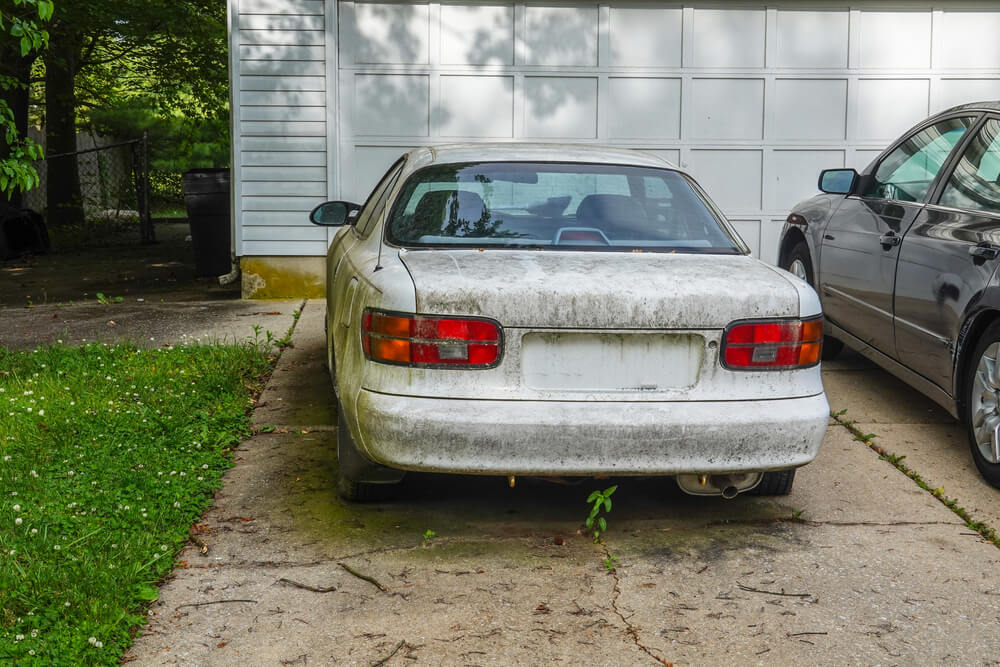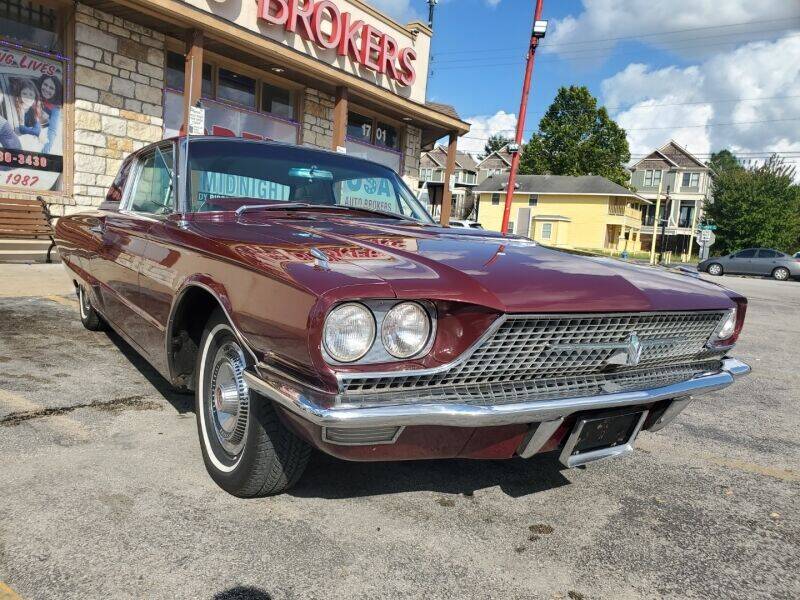
Whether you're looking for a fun sports car or an all-out muscle car, the debate is on. The Dodge Challenger has a unique attitude and the sixth-generation Camaro is sporty in a pony car suit. The Ford Mustang however is somewhere in between, thanks to its relaxed attitude but spirited performance.
Dodge Challenger
A comparison between the Dodge Challenger and the Mustang or Camaro will help you find a car that's both unique and fast. Both models are unique, but the Dodge Challenger retains that classic muscle car spirit. The Challenger, the largest and most powerful muscle car, has been on the marketplace for more than a decade. The car has also gained popularity over the years. Its interior is more spacious than the Mustang or Camaro, so you won't have to worry about cramping up in a tiny space.
The Challenger features premium comfort. The cabin features leather upholstery, power adjustable seats, and optional heated and ventilated front seats. The car has a luxurious feel thanks to its leather-wrapped steering column. The Challenger's cargo and passenger spaces have been increased. It can carry up to five passengers, and it has 16.2 cubic yards of cargo space. It is an ideal choice for drivers looking for a car that can accommodate their friends and family.

Ford Mustang
The Ford Mustang and Dodge Challenger are great options for a mid-sized muscle car. Both vehicles are V8-powered and will have you screaming for more. Officially, the Mustang consumes 13.3 liters/100 kilometers while the Challenger consumes 14.2 Liters/100 kilometers. However, both cars use premium fuel. So, if you're looking for a car that will get you to and from work without burning a hole in your pocket, there are better options.
Both vehicles come standard with front and side airbags. Both vehicles come with standard automatic high-beam headlights. They also have adaptive cruise control, blind spot monitoring, blind-spot tracking, and rear cross traffic alert. Both cars are equipped with standard seatbelts and four-wheel antilock braking. Standard rear parking sensors can be added to the Mustang. The Mustang comes standard with a rear parking sensor.
Chevrolet Camaro
Both the Chevrolet Camaro (and the Dodge Challenger) can compete in horsepower. While the Camaro has more power and a higher price, it can be more fun to drive. The Camaro's premium interior makes it more powerful and more luxurious. Camaro boasts a wide, flat-bottom steering knob with unique ventilation controls. Challenger offers an excellent, but not extraordinary, interior.
Comfortably, the Challenger comes with heated exterior mirrors and a seatback armrest. Camaro however, does not have either. The Challenger's central folding armrest gives rear passengers more space and can be used as a physical barrier between parents and children. The Challenger also has dual-zone air conditioning that allows the driver and front passenger to select a different temperature. The Challenger also has more cargo space.

Dodge Challenger Hellcat
The Dodge Challenger is a clear choice when comparing Ford Mustang and Chevrolet Camaro. Its engine, the 6.4 liter "Apache", has been supercharged with Demon hardware. This allows it to produce 797 horsepower as well as 707 pound-feet. It weighs 4,527 pounds, about as much as a fully loaded Ford Edge.
In the Edmunds drag race, the Ford Mustang Shelby GT500 had a higher starting time, and won by nearly four seconds. The Dodge driver accidentally used first gear at launch and misaligned his shift. In the third race, the Camaro driver went manual and managed to mount a comeback and pass the Mustang before the finish line.
FAQ
Is it hard to be a mechanic apprentice?
It's not easy, however, it is very rewarding and offers many opportunities for growth.
You will need patience and perseverance. Also, you must know how to fix trucks, cars, and motorcycles.
Customers and family members will put pressure on your shoulders to help you succeed. But you should never feel pressured into making decisions you aren't comfortable with.
If you enjoy fixing cars, it could be a great career choice. You can make a decent living and build your business.
You might choose to take a different route. You might consider becoming a technician in this instance.
This requires you to use your technical expertise in support of other workers. Technicians could benefit from your technical expertise to solve problems or teach new techniques.
You can also become a service advisor. Here, you'll provide advice and assistance to customers when they bring their cars to a garage.
The decision you make will depend on what you are looking for. There are plenty of options available, and you can choose which suits you best.
What qualifications do you need to be a truck-mechanic?
Although you don't need to have any formal qualifications, your experience working with trucks and engines is invaluable. Your experience is invaluable as you know how to diagnose problems quickly and efficiently.
Additionally, you have a solid knowledge of diesel technology that will enable you to determine what parts are necessary to repair our vehicles.
What type of job is there for a car mechanic?
Three main areas of employment are available for car mechanics:
-
Automotive repair shops
-
Dealerships
-
Independent garages
Automotive repair shops
It's where most people start to think about becoming a mechanic. In fact, it's probably the easiest way to get started. Either work for someone else's shop or you can start your own.
If you are interested in working at a shop you will need to apply for membership to a union. After being accepted into the union, the union will provide training.
Once you complete the training, it's time to get started.
If you decide to open your own garage, you'll need to register with the government. After you register, you will be required to meet specific standards.
Once you register, you'll receive a license that allows you to operate your garage.
Your license will allow you to sell spare parts and do minor repairs. It won't permit you to fix serious engine problems.
You will be expected to sell spare parts and also offer guidance and advice to customers.
Dealership jobs
Many dealerships have mechanics who are experts in one particular area. For instance, they may only be qualified to fix brakes or change tires.
However, dealerships may also employ general mechanics who are able to handle all aspects related to car repairs.
Some positions require that applicants complete training before they can be allowed to work. This allows employers to select the most qualified candidates for their roles.
Some dealerships will hire graduates straight from college. These graduates have no difficulty learning about cars because they already know the basics and principles of mechanical engineering.
Independent garages
Independent garages are not associated with any one dealership. Instead, they focus on high-quality customer service.
Independent garages have the ability to afford higher wages, as they aren’t associated with any one company. This makes them generally more well-paid than jobs at dealerships.
However, independent garages may not be better places to work. Many business owners prefer to own their businesses and not delegate the responsibility to others.
You might find yourself working long hours but having no control over what happens in the day.
Expect to earn lower salaries than if you were working in a dealership.
The good news? You can easily switch between different types of jobs. To work at a dealership you will need to contact your employer to see if he is open to the idea of hiring you.
Or, if your dream is to work for an independent garage you can contact the owner directly.
It's not always easy to find a job. There are many other factors that can influence your earnings.
It could be the type and cost of labor you use to repair your vehicle.
What are the qualifications for an automotive technician
You must have completed high school or GED with good grades in maths and English. You also need to be able to read and write well. Before you can start working, you will have to pass a written exam and take a series practical tests.
What length is an automotive mechanic apprenticeship?
It takes approximately three years to complete an automotive mechanic apprenticeship. This includes two years at school and two years working as an apprentice. The first year is spent learning all aspects of the trade, including theory, practical skills, and safety procedures. You will also learn to use tools efficiently and safely during this period. You'll spend the second year in on-the-job training, where you will gain experience in various trades. These years will offer you the opportunity to attend formal classes.
The last year of the program is dedicated to gaining certification and qualifications in the field. These include NVQs or National Vocational Qualifications. These are earned after passing exams that cover specific topics in the industry. In addition, there are HNCs (Higher National Certificates) that cover general subjects such as management, business administration, and customer service. City & Guilds certificates may be available for those who are interested in becoming qualified in specific trades.
Is it hard to get work as an auto mechanic?
It is possible. Garages often advertise their jobs online and people just apply because it seems fun. Applying for several positions and seeing if they accept student applications is a good way to get your foot into the door. If you don't know anyone working in the industry, ask your friends and relatives. They may be happy to recommend someone.
What's the difference between a mechanic and an automotive technician?
Although they may be similar, they are not identical. An automotive technician maintains cars, while a mechanic repairs them.
A mechanic must have good manual dexterity and be able to perform simple tasks quickly. They must also be able to diagnose problems accurately and repair them effectively.
An automotive technician requires more technical skills than a mechanic. They need to be able use tools such drills and wrenches, and read blueprints.
They must also be able to carry out complex procedures safely. They must be familiar with all types of electrical and engine systems.
They must also understand the interplay of different parts.
This means that mechanics usually make less money than automotive technicians. However, both careers offer great opportunities.
Statistics
- According to the BLS, total auto technician employment is expected to exceed 705,000 by 2030. (uti.edu)
- The U.S. Bureau of Labor Statistics (BLS) reports that the job outlook for automotive service technicians and mechanics is expected to decline by 4% from 2019 to 2029. (indeed.com)
- Apprentice mechanics earn significantly less hourly than mechanics who have completed training, with a median wage of approximately $14.50 an hour, according to PayScale. (jobhero.com)
External Links
How To
How to diagnose your vehicle properly for repair
First, look at the symptoms of your car to determine if it needs repair. These steps will help you diagnose your car properly.
-
Check engine lights. Check the dashboard light indicators such as the engine light indicator, the oil pressure gauge, the battery light indicator, the coolant temperature gauge, and the RPM gauge. It could indicate that your vehicle is having problems.
-
Pay attention to the treads on your tires. If the tires are worn out, they could cause problems with handling and braking. You should also inspect the wheel treads. You should ensure that they are clean and smooth. It is best to take off the wheels and remove them. Use a flashlight to see how well the treads are worn.
-
Monitor the level and consistency of your brake fluid. You must always monitor the level of your brake fluid. You can ensure that your brakes are working properly by monitoring the level of brake fluid in your vehicle. If the brake fluid level is low, your brakes might fail when you apply pressure to them.
-
Test the suspension system. A suspension system is designed to absorb vibrations and shocks. It gives you better control and allows for smoother accelerations and decelerations. It might feel uncontrollable or wobbly if your vehicle is suffering from a suspension problem. To determine whether your vehicle may have a suspension issue, you can try to put weight on the rear or front axle and watch the movement.
-
Examine your steering column. Steering columns are used to connect the steering wheel to the rest of the vehicle's components. The steering column can often be damaged by an accident. You should replace your steering column if it feels loose or unstable.
-
The exhaust pipe should be observed. The exhaust pipes transport gases from the combustion chamber to outside. Exhaust pipes that are cracked or leaking can allow harmful fumes to enter your cabin. Also, if your tailpipe is bent, you should fix it immediately.
-
Look under the hood. If you see anything unusual, take a look under the hood. There could be fluid leaking from your engine. A professional technician should be contacted if your engine compartment emits an unusual smell.
-
The air filter should be checked. The air filter in your vehicle collects dirt and dust from the environment. A dirty air filter causes your vehicle to run poorly. Replace your air filter regularly.
-
Make sure you check the fan belt. Your vehicle's fanbel connects the engine and transmission. The engine will not turn if the fan belt breaks. Replacing the belt is simple. All you need to replace the belt is a screwdriver with pliers.
-
Verify the radiator hoses. The radiator hose carries water from the radiator to the engine. It can cause hot liquid to leak onto the engine if it is damaged or cracked. To repair the leaky hose, all you need is a pair if needle-nosepliers.
-
Be sure to inspect your windshield wipers. Windshield wipers work by using electricity to remove rain and snow. If they stop working, they could leave streaks on your window glass. To fix the problem, simply change the washer fluid.
-
Check the battery cables. Your car's electrical system is powered by batteries. Before you change batteries, disconnect the positive cable. Failure to do so can damage your alternator.
-
Be sure to check your headlights. The headlights will illuminate the road ahead. It can lead to poor visibility if they aren't working properly. To determine if your bulbs are out of date, check them.
-
Pay attention to the lights. When you approach them at night, the lights warn other drivers. If one doesn't work, it could distract you and lead to an accident.
-
You should inspect your brakes. Before you get in a car accident, your brakes will be slowing down your vehicle. If the brakes fail to work correctly, your car could lose control and collide with another vehicle.
-
Change the oil. The oilkeeps your engine lubricated. It protects metal parts and prevents them from wearing too quickly. It is recommended to change the oil once a month.